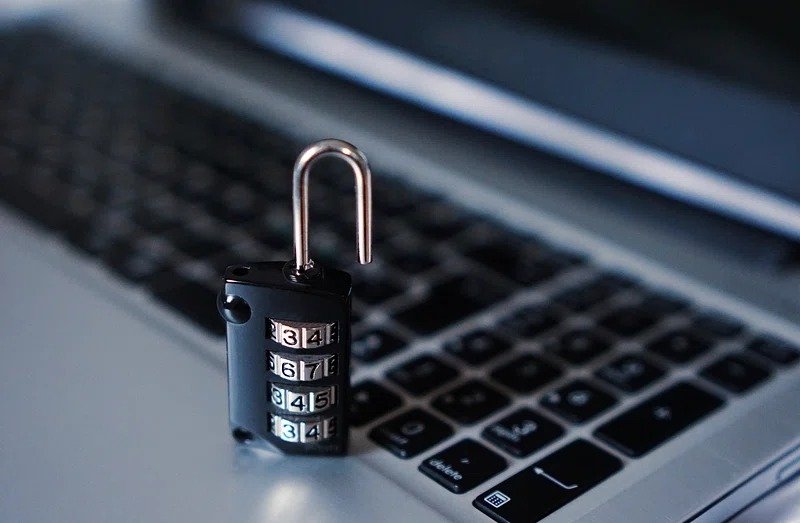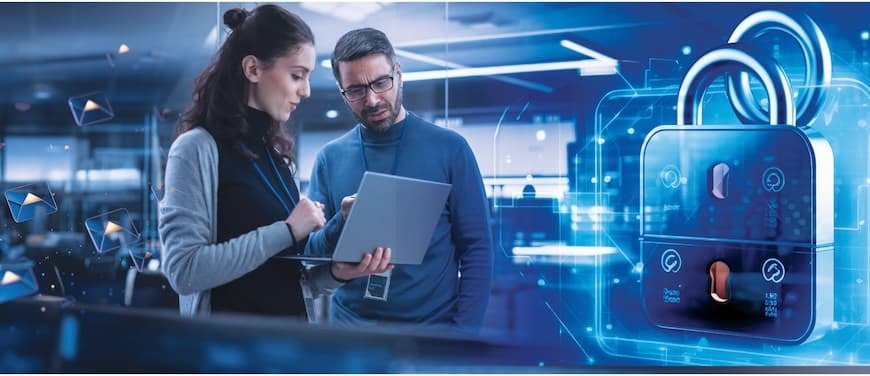The digital world continues to evolve, offering us countless opportunities, but it also introduces new risks. Protecting your online identity in 2025 is more critical than ever. Cybercriminals are becoming smarter, but with the right tools and practices, you can keep your personal information safe and secure. This guide will walk you through practical steps and strategies to safeguard your online identity in today’s interconnected world.
Why Protecting Your Online Identity Matters
Your online identity is a treasure trove of sensitive information. Cybercriminals can exploit details like your name, email, passwords, and financial information for fraudulent activities, identity theft, or worse. Proactively protecting your data isn’t just about avoiding financial losses—it’s about preserving your privacy, reputation, and peace of mind.
1. Use Strong, Unique Passwords
The foundation of any secure online presence is a strong password. Unfortunately, too many people still rely on simple or reused passwords, which makes hacking easy for cybercriminals.
Characteristics of a Strong Password:
- At least 12 characters long
- Includes a mix of uppercase, lowercase, numbers, and special symbols
- Avoids dictionary words or easily guessable phrases, like “123456” or “password”
Tip: Use a password manager to generate and store complex passwords. Tools like LastPass or 1Password not only create secure passwords but also remember them for you, so you only need to recall one master password.
2. Enable Two-Factor Authentication (2FA)
Two-factor authentication adds an extra layer of security to your accounts. Even if a hacker manages to steal your password, they won’t gain access without the second verification step.
Types of 2FA:
- SMS Codes: A code is sent to your phone as a text message.
- Authentication Apps: Apps like Google Authenticator or Authy provide time-sensitive codes.
- Biometric Authentication: Fingerprint scans or facial recognition for an added layer of security.
Pro Tip: Whenever you’re given the option, choose biometric or authentication app methods over SMS, as SIM-swapping scams can make text-based codes less secure.
3. Be Cautious When Using Public Wi-Fi
Public Wi-Fi networks are convenient but notoriously insecure. Cybercriminals often use these networks to intercept your data in what’s called a “man-in-the-middle” attack.
Safe Practices for Public Wi-Fi:
- Avoid accessing sensitive accounts like online banking.
- Never enter login credentials on public networks.
- Use a VPN (Virtual Private Network). A VPN encrypts your internet connection, making it almost impossible for cybercriminals to view your activity. Some trusted VPNs include NordVPN, ExpressVPN, and Surfshark.
4. Regularly Monitor Your Personal Data
Staying aware of where your information appears online can help you detect and address potential risks early.
How to Monitor Your Data:
- Set up alerts on your accounts for unauthorized activity.
- Use real-time credit monitoring services, such as Credit Karma or Experian, to watch for unusual changes.
- Perform regular Google searches of your name to ensure sensitive data isn’t publicly accessible.
- Consider using identity monitoring services like LifeLock for added protection.
5. Stay Alert to Phishing Scams
Phishing scams aim to trick you into providing personal information by pretending to be legitimate entities. These scams can arrive via email, text, or even social media.
How to Identify a Phishing Scam:
- You’re asked to verify personal information urgently.
- The sender’s email address is slightly misspelled or unfamiliar.
- Links lead to non-secure or fake websites (always check for “https” in the URL).
Stay Safe:
- Never click on links or open attachments from suspicious emails.
- Hover over links to see where they’ll actually take you.
- Use email filters to block known phishing attempts.
6. Practice Secure Browsing Habits
From your browser to your online searches, staying secure is all about mindful behavior.
Tips for Secure Browsing:
- Enable browser security features such as pop-up blockers and anti-malware tools.
- Only use reputable and updated browsers like Chrome, Firefox, or Safari.
- Install reliable ad blockers to reduce malicious ad risks.
- Always check that websites use secure protocols (HTTPS) before entering sensitive data.
7. Keep Your Software and Devices Up-to-Date
Many security breaches occur because of unpatched vulnerabilities in outdated software or devices.
Best Practices:
- Turn on automatic updates for your device’s operating system and apps.
- Use updated antivirus and anti-malware tools to detect threats.
- Regularly back up important files in case of a ransomware attack.
8. Teach Your Family and Friends About Cybersecurity
The internet is a shared space—and cybersecurity is a shared responsibility. If someone in your circle falls victim to a cyberattack, it can affect you, too.
How to Spread Awareness:
- Educate them about phishing and scams.
- Encourage the use of secure passwords and 2FA.
- Share resources like cybersecurity blogs and guides.
9. Use Identity Shielding Tools
Today’s technology offers an array of tools to shield your data and protect your identity.
Recommended Tools:
- Password Managers for organizing secure passwords.
- VPNs for safe online browsing, especially on public Wi-Fi.
- Browser Extensions like HTTPS Everywhere to ensure secure connections.
- Privacy-focused search engines like DuckDuckGo for added anonymity.
Take Charge of Your Online Security Today
2025 is a year of immense opportunities, but with those come potential threats to your personal information. Staying ahead of cybercriminals means using strong, unique passwords, enabling two-factor authentication, and investing in tools like VPNs. Most importantly, it means staying vigilant and educating yourself about the latest threats.
Your next step: Review your security settings across all your key online accounts today. A few minutes of effort can save years of trouble down the line. Always remember—your online security starts with you!




